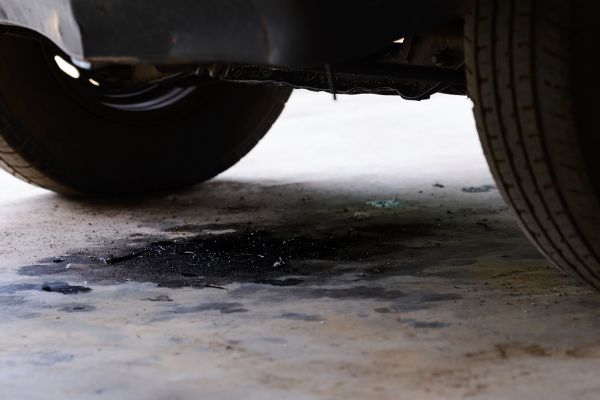Many vehicles develop oil leaks over time. A dark spot on the driveway often means oil is leaking from the engine. Oil keeps the engine parts moving without damage. If oil leaks out, engine parts can overheat or break. Common causes include a bad oil pan gasket, worn valve cover gaskets, or a loose oil filter. These parts seal the oil inside the engine. When seals wear out, oil seeps through. Sometimes oil drips only when the engine is hot. Other times it leaks all day. No matter how small the leak is, it means a part needs repair. Leaking oil also attracts dirt and dust, which can lead to more engine wear.
Engine Gaskets and Seals Wear Down Over Time
Engines have many gaskets and seals. They keep oil and other fluids from leaking. These parts are made of rubber or other soft materials. Heat and age cause them to crack. Valve cover gaskets, oil pan gaskets, camshaft seals, and crankshaft seals are common leak points. If these seals break, oil escapes. Engine oil leaks may start as a slow drip. Left alone, they turn into a big problem. Oil leaks can cause the engine to run low on oil. Running low on oil harms pistons, bearings, and other moving parts. The engine may knock or seize. A repair shop can check these gaskets and seals to find the source of the leak. Early detection saves money and keeps the engine healthy.
Oil Filter and Drain Plug Leaks Happen After Service
After an oil change, some leaks come from the filter or drain plug. If the oil filter is loose or the gasket is damaged, oil will drip from that spot. If the drain plug is not tight or the washer is missing, oil leaks from the bottom of the pan. These leaks often start right after an oil change. They leave small puddles under the engine. Sometimes oil will spray onto parts like the exhaust or steering system. This can cause smoke or smells while driving. A trusted repair shop can inspect and tighten these parts. Using the correct filter and gasket helps stop these leaks. Regular oil changes done by professionals help prevent service-related leaks.
Oil Leak Repairs Keep Your Vehicle on the Road
Ignoring oil leaks leads to big repairs. A small leak can damage belts, hoses, or wiring if oil spreads under the engine. Oil can reach the alternator or sensors and cause electrical problems. A large leak lowers oil pressure and leads to engine failure. Leaks also make a mess under the vehicle and leave stains where you park. At Auto Diagnostic & Repair, Antioch, we diagnose and repair oil leaks fast. Our team checks gaskets, seals, filters, and plugs. We use quality parts and proper tools. We fix the leak and protect your engine. Schedule your oil leak repair with Auto Diagnostic & Repair, Antioch today at Auto Diagnostic & Repair, Antioch. Catching a leak early keeps your vehicle safe and reliable.




